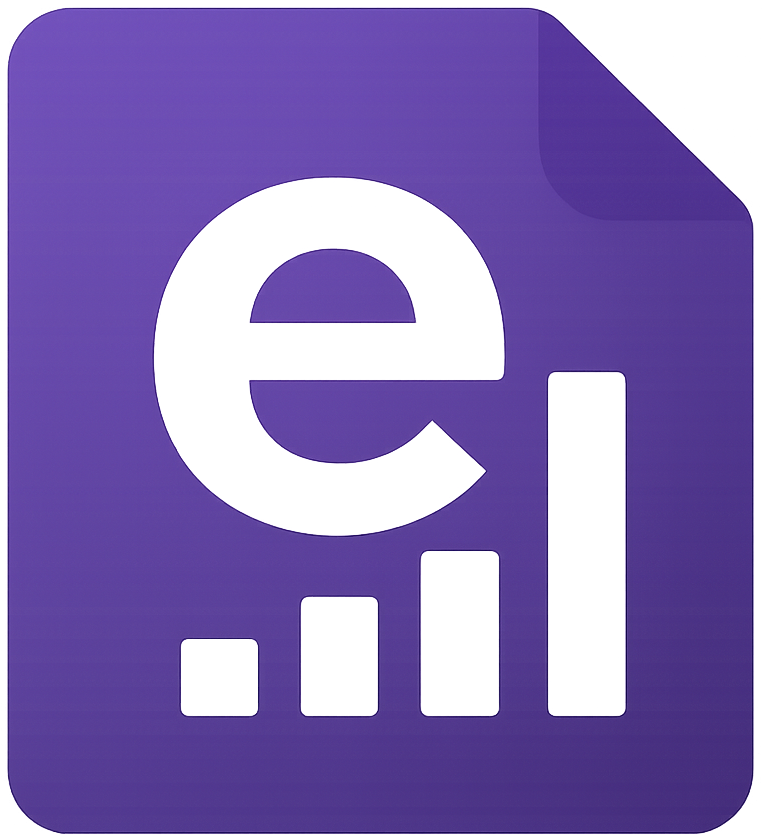Fun maths lessons

At esheets.io, we’re making a case for bringing back the fun in maths lessons — and not with gimmicks or distractions, but with cleverly crafted logic games (or as we like to call them: battles). Why the name change? School filters sometimes don’t like the G-word. But trust us — the strategy, deduction, and risk-assessment at play are as educational as any worksheet.
Games aren't just brain breaks. When thoughtfully chosen, they can:
- Sharpen logical reasoning
- Enhance decision-making under uncertainty
- Encourage clear communication and reading comprehension
- Promote collaboration (and a bit of friendly rivalry)
- Build resilience through trial, error, and strategy refinement
What kind of battles are we talking about?
Over on esheets.io/battles, you’ll find a growing collection of two-player games — designed specifically to be played on a single device, making it obvious who’s playing during a more normal lesson. Some of the classics include:
- Ultimate Tic Tac Toe – more strategy, more squares, more chance to surprise your opponent.
- Dots and Boxes – a childhood favourite that sneakily builds spatial reasoning and planning skills.
- Order and Chaos – a deceptively simple logic game that encourages pattern spotting and thinking ahead.
- Pig – a dice game involving luck, logic, and nerve. Great for exploring probability without a single formula in sight.
View the full list of battles here.
Hidden skills, real learning
The beauty of these battles? They don’t feel like traditional maths tasks — but beneath the surface, students are flexing the same cognitive muscles they'd need to solve equations, identify patterns, or justify a proof.
Better yet, literacy is baked in, too. Each game comes with its own clear set of instructions, meaning students must read, understand, and apply the rules before they can even begin to play — a subtle nudge toward better comprehension skills.
A classroom win-win
These games are perfect as a starter, a brain break, or even a main lesson activity when used with purpose. Teachers can walk around and observe real-time decision-making, ask probing questions, or challenge students to explain their reasoning aloud.
And because they’re built for two players, you avoid the trap of everyone diving into silent solo mode. These are shared experiences, sparking conversation, teamwork, and a dash of healthy competition.
Maths is logic. Games are logic. Why not let them play?
Explore the full library of classroom-friendly battles at esheets.io/battles — and turn your next maths lesson into one they’ll actually talk about after the bell.
